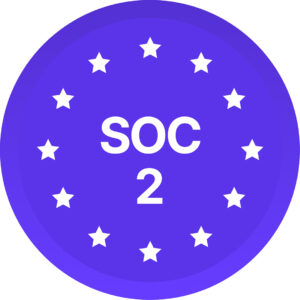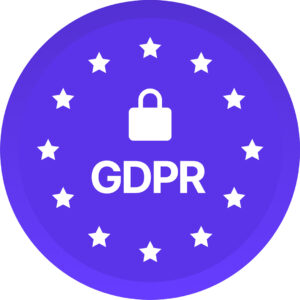As 2025 draws to a close, HR teams have a crucial opportunity to wrap up the year strategically, ensuring compliance, readiness, and alignment before January begins. Beyond administrative tasks, year-end reviews shape your organization’s ability to retain talent, plan effectively, and start 2026 with confidence.
This guide highlights the essential steps every HR leader should complete before year-end, from finalizing performance reviews and compliance reports to planning next year’s people strategy and budget.
(Includes editable fields for owners, due dates & notes.)
Key takeaways
- Finalize compliance, DEI, and ESG reporting early to prevent last-minute delays.
- Complete performance reviews and communicate compensation plans.
- Refresh policies and employee handbooks to align with 2025 legislation.
- Use culture and turnover data to shape 2026 priorities.
- Lock in next year’s training, hiring, and budgeting plans before the holidays
Closing out compliance and administration
Year-end compliance tasks can set the tone for a smooth first quarter. Begin with what’s mandatory and move toward the strategic.
- Finalize 2025 reporting: Compile pay equity, representation, and diversity data for upcoming disclosure deadlines. Many jurisdictions require reporting by January or Q1, collecting data now avoids scrambling later.
- Complete annual performance reviews: Ensure all reviews are submitted and approved before year-end. Align compensation planning, bonuses, and equity adjustments to communicate transparently in early 2026.
- Update policies and handbooks: Review employment standards, leave policies, and remote work guidelines for compliance with federal and provincial changes introduced this year.
- Reconcile headcount: Audit HRIS data to confirm job titles, departments, and reporting structures. Clean data ensures accurate workforce analytics and better forecasting.
Setting strategic priorities for 2026
Year-end is the ideal time to transition from reviewing performance to planning growth.
- Define priorities: Identify three to five HR goals that directly support your company’s 2026 objectives, such as engagement, leadership development, or retention.
- Analyze turnover and exit trends: Use 2025 data to identify pain points by department or demographic. Understanding why people left helps build stronger retention strategies.
- Conduct a year-end culture survey: Gather employee feedback while it’s fresh. The insights can guide your Q1 action plans and demonstrate accountability.
- Plan training and development: Schedule learning sessions, leadership programs, and compliance refreshers. Booking facilitators and budgets now prevents Q1 scheduling conflicts.
Strengthening employee experience
Year-end is the perfect opportunity to reinforce trust and belonging.
- Celebrate achievements: Recognize team milestones, promotions, and collective wins from 2025. Small acknowledgments before the holidays have a lasting impact on morale.
- Prepare onboarding for January hires: Refresh materials, confirm IT setups, and assign onboarding buddies to create a seamless first-day experience.
- Check in on team health: Q1 is a common time for resignations. Proactively talk to managers about burnout signals, engagement risks, and ways to retain top performers.
Reviewing HR technology and data
Your HR tools should support, not slow, your operations.
- Audit your tech stack: Evaluate usage, performance, and cost efficiency of your current platforms. Decide which tools to renew, replace, or sunset before contracts roll over.
Preparing for future conditions
End-of-year planning isn’t just about closing books but also about anticipating change.
- Scenario plan for 2026: Model best-case and cost-conscious workforce scenarios. Document succession plans for key roles.
- Build your HR budget: Base next year’s investments on proven 2025 data such as engagement, retention, or productivity improvements.
Conclusion
Strong HR planning ensures that organizations enter 2026 prepared rather than reactive. By finishing the year with organized data, completed reviews, and defined goals, leaders can focus less on catching up and more on leading confidently into the new year.
A year-end checklist is more than an administrative task as it’s your launchpad for a productive, people-centered 2026.

